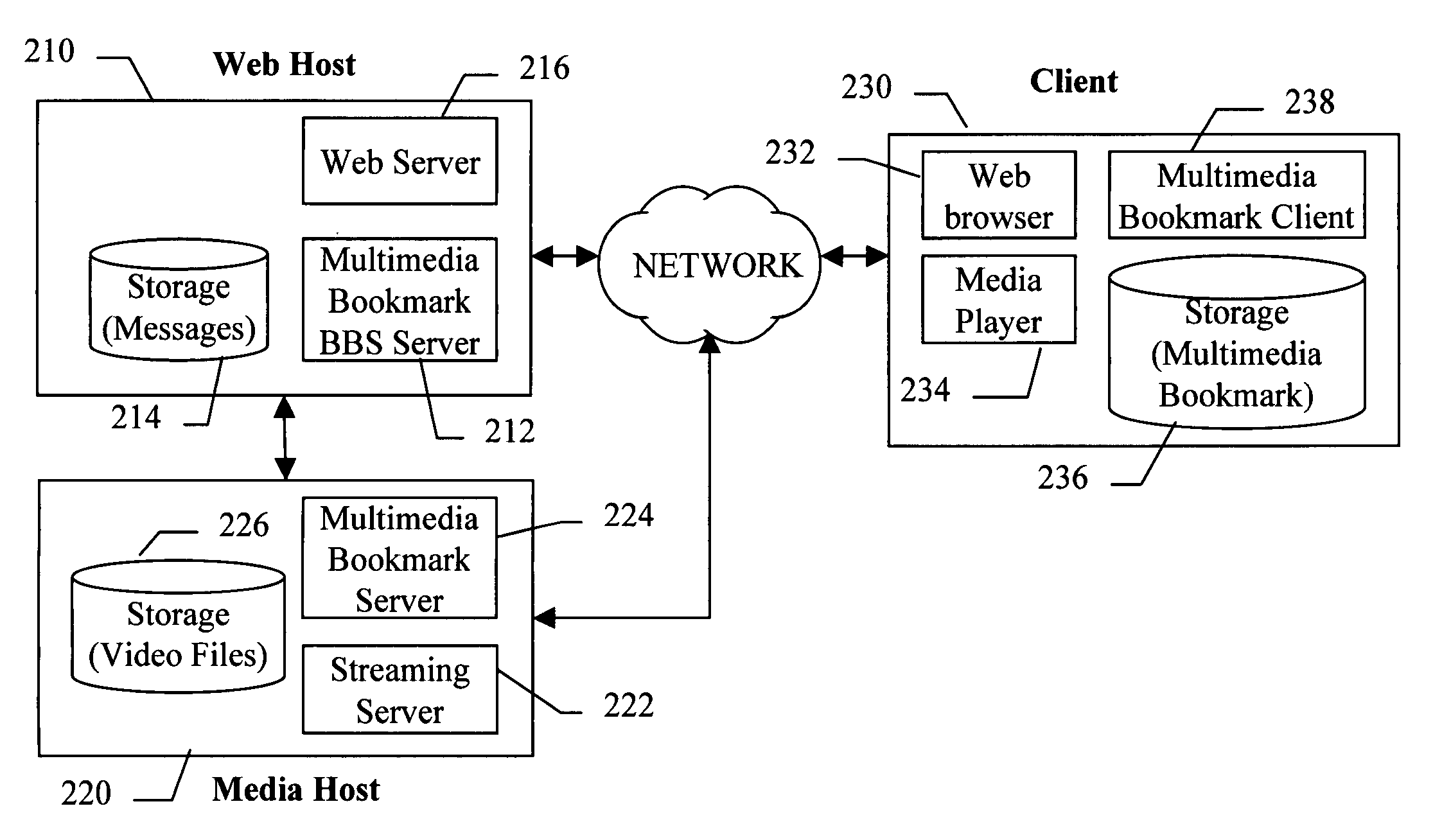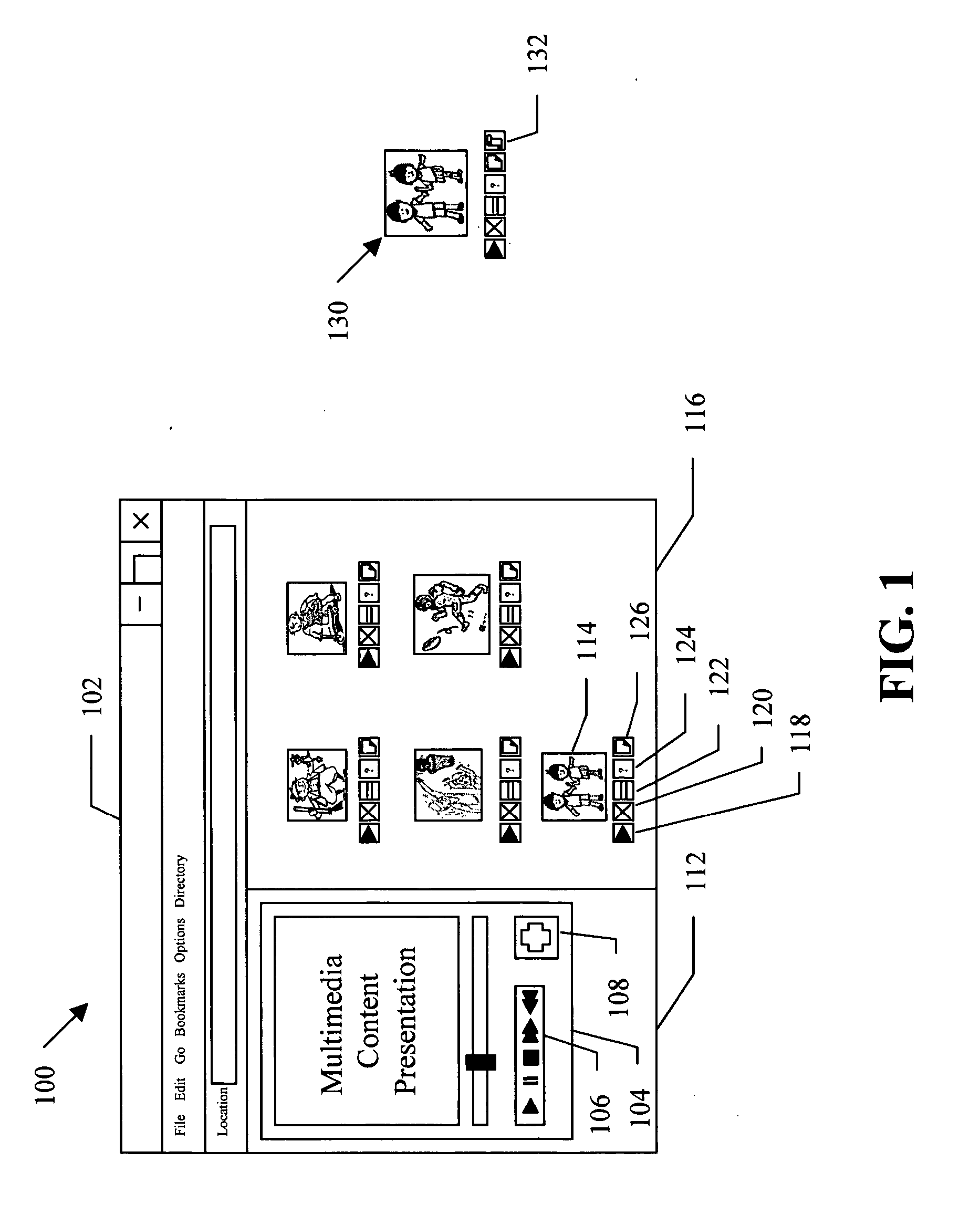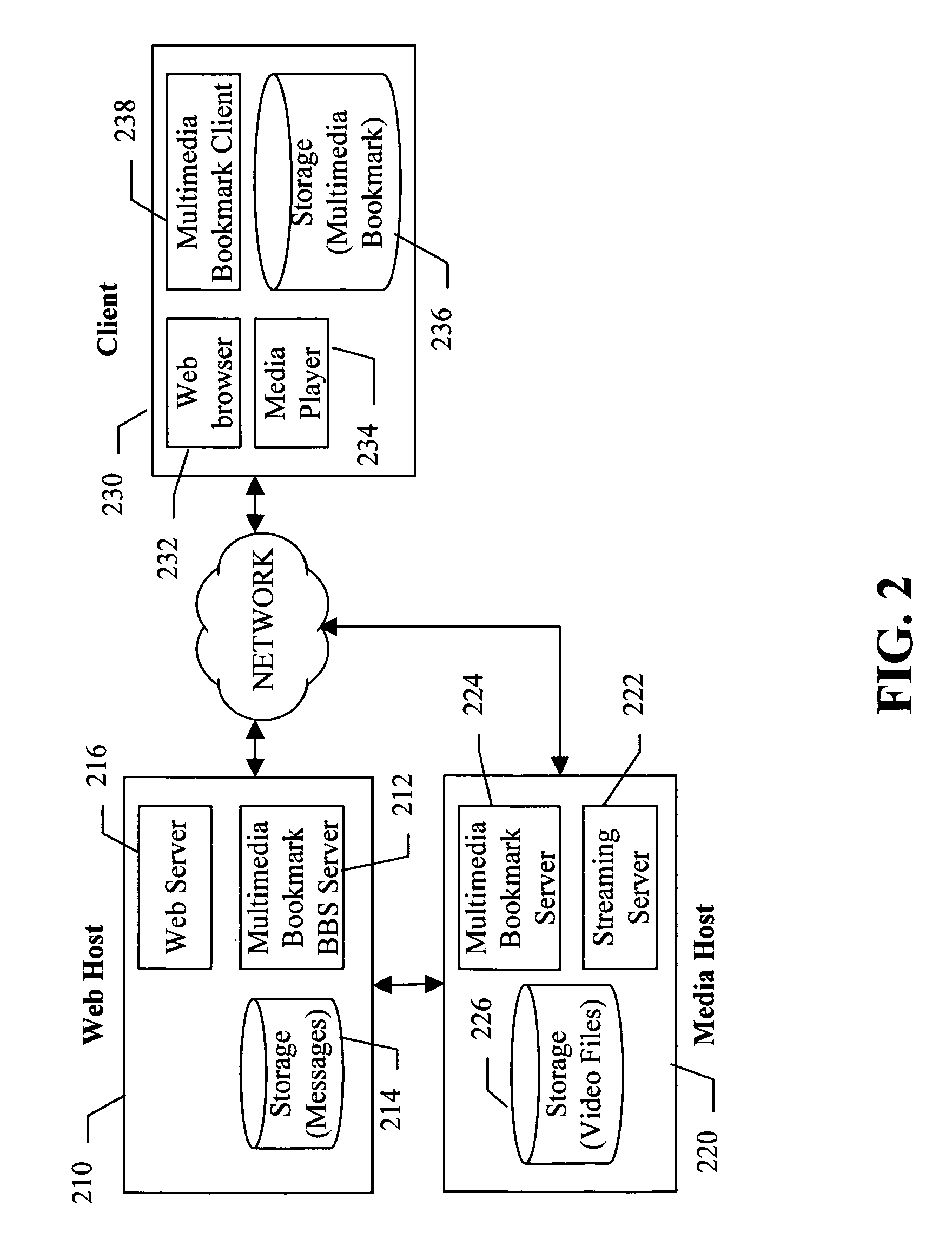Since the a P-picture can be used as a reference picture for B-frames and future P-frames, it can propagate coding errors.
The
interlaced video method was developed to save bandwidth when transmitting signals but it can result in a less detailed image than comparable non-interlaced (progressive) video.
However the slice structure in MPEG-2 is less flexible compared to H.264, reducing the coding efficiency due to the increasing quantity of header data and decreasing the effectiveness of prediction.
To access to a specific segment without the segmentation information of a program, viewers currently have to linearly search through the video from the beginning, as by using the fast forward button, which is a cumbersome and time-consuming process.
However, one potential issue is, if there are no business relationships defined between the three main provider groups, as noted above, there might be incorrect and / or unauthorized mapping to content.
This could result in a poor user experience.
However, CRIDs require a rather sophisticated resolving mechanism.
Unfortunately, it may take a long time to appropriately establish the resolving servers and network.
However, despite the use of the three compression techniques in TV-Anytime, the size of a compressed TV-Anytime
metadata instance is hardly smaller than that of an equivalent EIT in ATSC-PSIP or DVB-SI because the performance of Zlib is poor when strings are short, especially fewer than 100 characters.
Without the
metadata describing the program, it is not easy for viewers to locate the video segments corresponding to the highlight events or objects (for example, players in case of sports games or specific scenes or actors, actresses in movies) by using conventional controls such as fast forwarding.
These current and existing systems and methods, however, fall short of meeting their avowed or intended goals, especially for real-time indexing systems.
However, with the current state-of-art technologies on image understanding and
speech recognition, it is very difficult to accurately detect highlights and generate semantically meaningful and practically
usable highlight summary of events or objects in real-time for many compelling reasons.
However, the use of PTS alone is not enough to provide a unique representation of a
specific time point or frame in broadcast programs since the maximum value of PTS can only represent the limited amount of time that corresponds to approximately 26.5 hours.
On the other hand, if a frame accurate representation or access is not required, there is no need for using PTS and thus the following issues can be avoided: The use of PTS requires
parsing of PES
layers, and thus it is computationally expensive.
Moreover, most of digital broadcast streams are scrambled, thus a real-time indexing system cannot access the
stream in frame accuracy without an authorized descrambler if a
stream is scrambled.
In the proposed implementation, however, it is required that both head ends and receiving client device can
handle NPT properly, thus resulting in highly complex controls on time.
Unfortunately, the conventional bulletin board systems do not have a capability of easily handling a multimedia bookmark for AV content.
However, there does not exist an exciting mechanism to send or publish the multimedia bookmark to a group of people.
For example, when a user selects a play-bookmark control to play a saved bookmark, the user might find out that the multimedia content being played is not in accordance with the displayed content information due to the mismatches of positional information for some reason.
Furthermore, in case of a pay-per-view business model, a player might be restricted to play the video segment of interest with the
start time and duration contained in the multimedia bookmark information so that a user can only preview the predefined segment of the video.
When a user watches the multimedia bookmark image using PC at office or home where there are usually bright lights, the reduced image sometimes looks too dark and even hard to recognize.
In this case, just sending the URI of a bookmarked video program stored at local storage of sender's media PC or DVR does not allow the recipient of a multimedia bookmark to simply play the video from the bookmarked position.
However, CRIDs require a rather sophisticated resolving mechanism.
Unfortunately, it may take time and efforts to appropriately establish and maintain the resolving servers and network although the resolution can be done locally in case the content the CRID refers to is already available locally.
 Login to View More
Login to View More  Login to View More
Login to View More 


